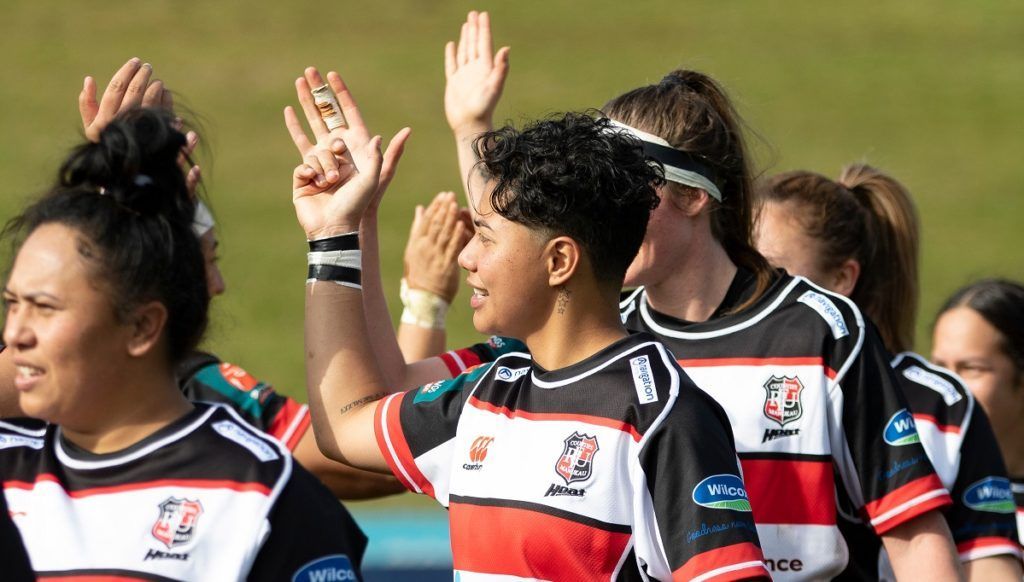

By Dale Budge
The time has come for Counties Manukau to have its own women’s club competition but it is going to take a lot of working together to make it happen.
The time is now. Women’s rugby is riding the crest of a wave of popularity. The Black Ferns Olympic gold medal victory and the attractive brand of football they played has captured the imagination and if we don’t move now we will be left behind by those Unions that already have their own competition.
The strong will get stronger before the weaker start to grow in any meaningful capacity.
The best way to make the Heat an annually competitive outfit is to build something from the ground up. Much of the hard work has been done with the nucleus of a really good side hailing from the Counties Manukau region.
Setting up a club competition isn’t as easy as clicking your fingers however.
There are three local clubs currently playing in the premier Auckland competition. On one hand this provides our leading players with tough weekly competition but those clubs – Manurewa, Ardmore Marist and Papakura – have no say in how that competition works. They are outsiders in a foreign competition and while they will no doubt benefit from the experience, there is little hope for other clubs to quickly join them.
The best players from Counties Manukau are traveling to one of those three clubs rather than playing close to home, which prevents other clubs from growing around home grown stars and makes it difficult for new clubs to start teams. Hazel Tubic heads to Manurewa from her home in Te Kauwhata while the likes of Rebecca Burch and Emily Kitson travel from Waiuku to play at Ardmore Marist.
A minimum of six club sides are needed to provide meaningful competition.
Patumahoe, Puni and Drury have had women’s teams over the past two seasons, but they aren’t anywhere near at the level of Manurewa, who won the Auckland championship this season.
Maramarua are hoping to enter a women’s side next year.
Perhaps if all of the players from the region were entered in a draft to distribute players evenly or if the players themselves decided to spread the talent across those six or seven clubs, a competitive competition is possible in the short term.
I see clubs near our borders as being crucial to the growth of the game as well. If Maramarua are successful they will draw in players from the Hauraki region or even potentially as far away as Thames, Paeroa and Te Aroha over in neighbouring Thames Valley, who are even further behind Counties Manukau in establishing their own competition.
Likewise, Te Kauwhata would draw in players from the North Waikato. Imagine Beachlands entering a side and tapping into the huge population of East Auckland.
The clubs that currently have teams will protect their patch obviously while the Council of Delegates will be worried about committing to a Counties Manukau competition until more clubs reach the level of Manurewa.
The problem is that could be a long wait and the whole region misses a golden opportunity in the interim.
Counties Manukau Rugby has been renowned for its innovative thinking since the Union was formed back in 1955. Now is the time to live up to that reputation.
The Union, its clubs and most importantly its players have the chance to fast track a women’s competition that will turn the region into a powerhouse.
Perhaps the best hope is that the senior players of the region understand the situation and take a stand to help spread the talent and make a lasting difference.











Recent Comments